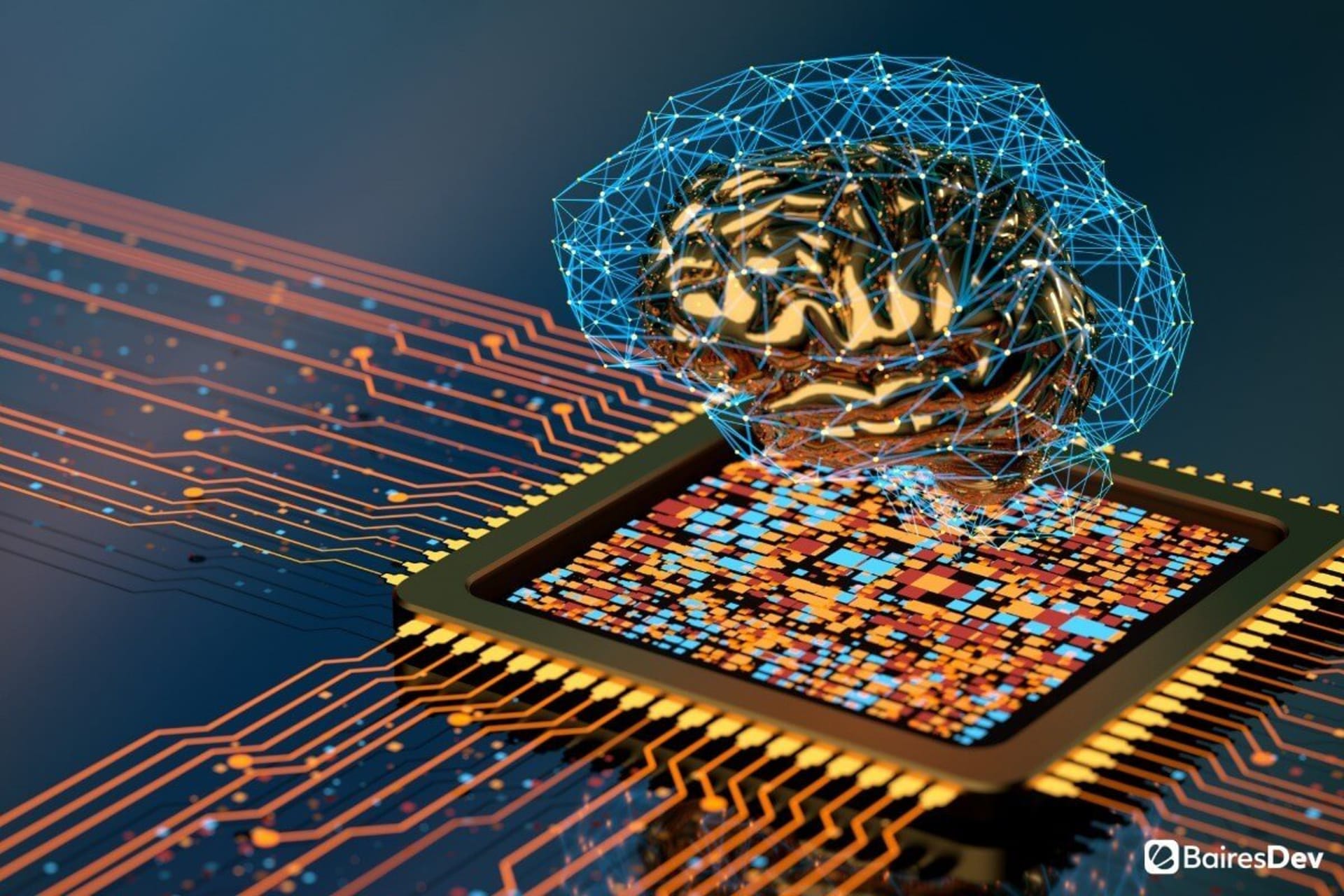Artificial Intelligence has been advancing at an amazing pace over the past few years. In fact, it’s been evolving so quickly that it has already become a part of most people’s daily lives. You can thank machine learning (ML) for that. While not the only subset of AI, ML is certainly the most popular, mainly because it allows companies to parse information and use it to improve their processes and products.
Computers use machine learning to identify patterns and perform tasks without human intervention. It means that once you train an algorithm, it can use mathematical modeling and statistics to create custom predictions without your input.
Machine learning has 2 approaches called supervised learning and unsupervised learning. In supervised learning, you label the data before feeding it into the algorithm, while in unsupervised learning, the algorithm makes its own connections without user labels.
Many companies use machine learning to implement new processes and improve existing ones. But one of the most important applications of machine learning is in cybersecurity. Organizations are now adopting custom projects such as Darktrace Antigua and blue hexagon to improve their cybersecurity. The use of machine learning algorithms in cybersecurity is also dubbed cybersecurity data science.
A report by Forbes said that the average amount of reported ransomware transactions during 2021 amounted to $102.3 million per month. What’s more, a business falls victim to a cybersecurity attack every 14 seconds. That’s the reason why more and more companies are investing in ML to boost their cybersecurity efforts.
Using ML algorithms can help companies identify potential issues in their systems and develop strategies against them. They can also be used to perform repetitive security tasks efficiently without mistakes.
So how can you use ML for cybersecurity?
Some of the popular use cases for ML include:
1. Handling and parsing data
Cybersecurity systems generate a lot of data. These logs can generate a wide array of crucial insights for a business. However, going through large amounts of data daily is difficult and time-consuming.
Machine learning algorithms can easily comb through large datasets and report relevant insights. Businesses can use these insights to identify threats, analyze use patterns, and understand user behavior.
2. Mobile security
Since most of the working professionals connect from home these days, the need for mobile security is at an all-time high. Most home networks are insecure and hence can be easily hacked. What’s more, many businesses don’t include mobile security in their cybersecurity strategy. This has caused an increase in mobile-related cybersecurity attacks.
Companies are now using ML to filter spam emails to combat this issue. ML algorithms can identify and report phishing/malware emails that pass through filters. They can also monitor SMS messages and other forms of communication. Once they identify a malware source, they can automatically tag the sender’s contact information as unwanted and block further communication from that address.
3. Virtual assistant
Since most devices today have virtual assistants with access to storage, it’s important to safeguard them against malicious actors. To prevent this, you can train ML algorithms to recognize normal user behavior and flag peculiar events while using voice assistants.
Since most virtual assistants such as Siri and Alexa work on voice commands, they also need to be safeguarded against voice attacks. These days, AI assistants have smart voice sensing modules that can recognize the voice of device owners. They also have anomaly detection programs to identify strange or erratic activity.
4. Antivirus and scanning
Since new viruses and malware are created every day, even systems with antivirus are susceptible to cyber-attacks. That’s why many companies use ML algorithms to improve their antivirus solutions. ML algorithms can perform breach detection and penetration testing to ensure stability. In addition, they can identify pain points and remotely update antivirus software with new schematics.
ML algorithms can scan systems and network activity to spot issues before they turn into disasters. Companies can use them to identify suspected domains and verify transactions while banking online. This is more cost-effective than using human operators.
Problems while implementing ML algorithms in cybersecurity
Even though there are many advantages in using ML algorithms for cybersecurity, there are a few many challenges that stop companies from implementing them into their systems. You need a lot of data/information to generate any kind of threat profile. This includes network traffic, data endpoint information, application records, and details about cloud environments/containers that your system is running. Most firms don’t have the required data, to begin with.
Even if the company can figure out a way to collect data, there are other variables. Is the data stationary? How often are the logs updated? How many data sources are there? Can you use data from multiple sources and use them effectively to create a single dataset? You need to process your data to apply any ML or decision-making algorithm on it. Many companies don’t have a data collection, filtering, and processing pipeline.
Furthermore, you need to check the viability of the final dataset. After applying ML algorithms, is the data itself rich enough to generate any usable business insight? Often, the data isn’t robust enough to produce any actionable information.
What should I know from a business owner’s perspective?
The first thing you need to do is decide the extent of AI/ML implementation in your system. How much automation can your system leverage?
To plan any machine learning activity, you also need to keep track of your data. This is done through dashboards and visualizations software. These can also be used to monitor data endpoints for the user activity.
Lastly, computers can’t do it all alone. Even though the algorithms are very sophisticated, they still need a human touch. A good cybersecurity strategy combines both human and ML elements working in sync to deliver the best outcome. So you need human analysts, along with ML algorithms, for data-driven decision making.







